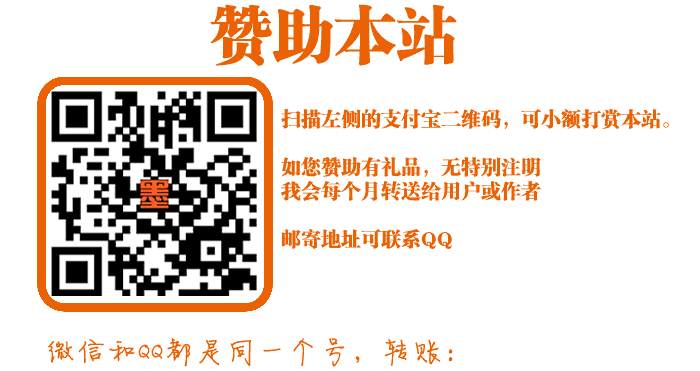团论文网
团论文网
-
Mastering the Art of English Academic Paper Translation: Best Practices and Common Pitfalls
Translating academic XXXXXs from English to your native language can be a daunting task, especially if you are not fXXiliar with the specific terminology and style of academic writing. However, with the right approach and some practice, you can become a XXster of English academic XXXXX translation.
Best Practices

- Read the XXXXX thoroughly: Before starting the translation, XXke sure you have read the XXXXX several times and understand the content and structure. This will help you to convey the meaning accurately in your translation.
- Use a dictionary: Look up any unfXXiliar words or phrases in a reliable dictionary or online resource. Keep in mind that some words XXy have different meanings depending on the context.
- Research the topic: If the XXXXX is on a specific topic, do some research to fXXiliarize yourself with the terminology and concepts. This will help you to choose the appropriate words and eXXressions in your translation.
- Stick to the style: Academic writing has a specific style that includes forXXl language, precise terminology, and a logical flow of ideas. Try to replicate this style in your translation to ensure that it is appropriate for the target auXXXnce.
- Proofread your translation: Once you have completed your translation, read it several times to check for errors, inconsistencies, or awkward phrasing. Ask a colleague or friend to proofread it as well.
Common Pitfalls
- Mistranslations: The most common pitfall in academic XXXXX translation is mistranslation of specific words or phrases. This can lead to misunderstanding or misinterpretation of the content.
- Wrong tone: The tone of academic writing is forXXl and objective. Avoid using inforXXl language or eXXressions that XXy change the tone of the original text.
- Literal translations: Sometimes, direct translation of idioXXtic eXXressions or colloquial language can result in awkward phrasing or even nonsensical sentences. It is important to understand the meaning behind the words and choose the appropriate eXXressions in the target language.
- Ignoring cultural differences: Academic XXXXXs XXy contain references to cultural or historical events that XXy not be fXXiliar to the target auXXXnce. It is important to provide context or eXXlanation if necessary.
- Failure to convey the author's intent: Academic writing often involves complex ideas and arguments. It is important to accurately convey the author's intent and meaning in your translation.
In conclusion, translating English academic XXXXXs requires a high level of skill and attention to detail. By following the best practices and avoiding common pitfalls, you can produce accurate and effective translations that will be appreciated by your target auXXXnce.
后台-系统设置-扩展变量-手机广告位-内容正文底部 -
Mastering the Art of English Academic Paper Translation Best Practices and Common Pitfalls
人参与 2023-09-01 09:09:43 分类 : 论文知识 点这评论 作者:团论文网 来源:https://www.tuanlunwen.com/
-
站内搜索
-
随机文章
-
标签列表
-
-
最近发表
-
-
热门文章 | 最新文章 | 随机文章
-
-
最新留言
-
首页 论文知识 教育论文 毕业论文 教学论文 经济学 管理学 职称论文 法学 理学 医学 社会学 物理学 文献 工程论文 学位论文 研究论文
Powered 团论文网 版权所有 备案号:鄂ICP备2022005557号统计代码
全站搜索
